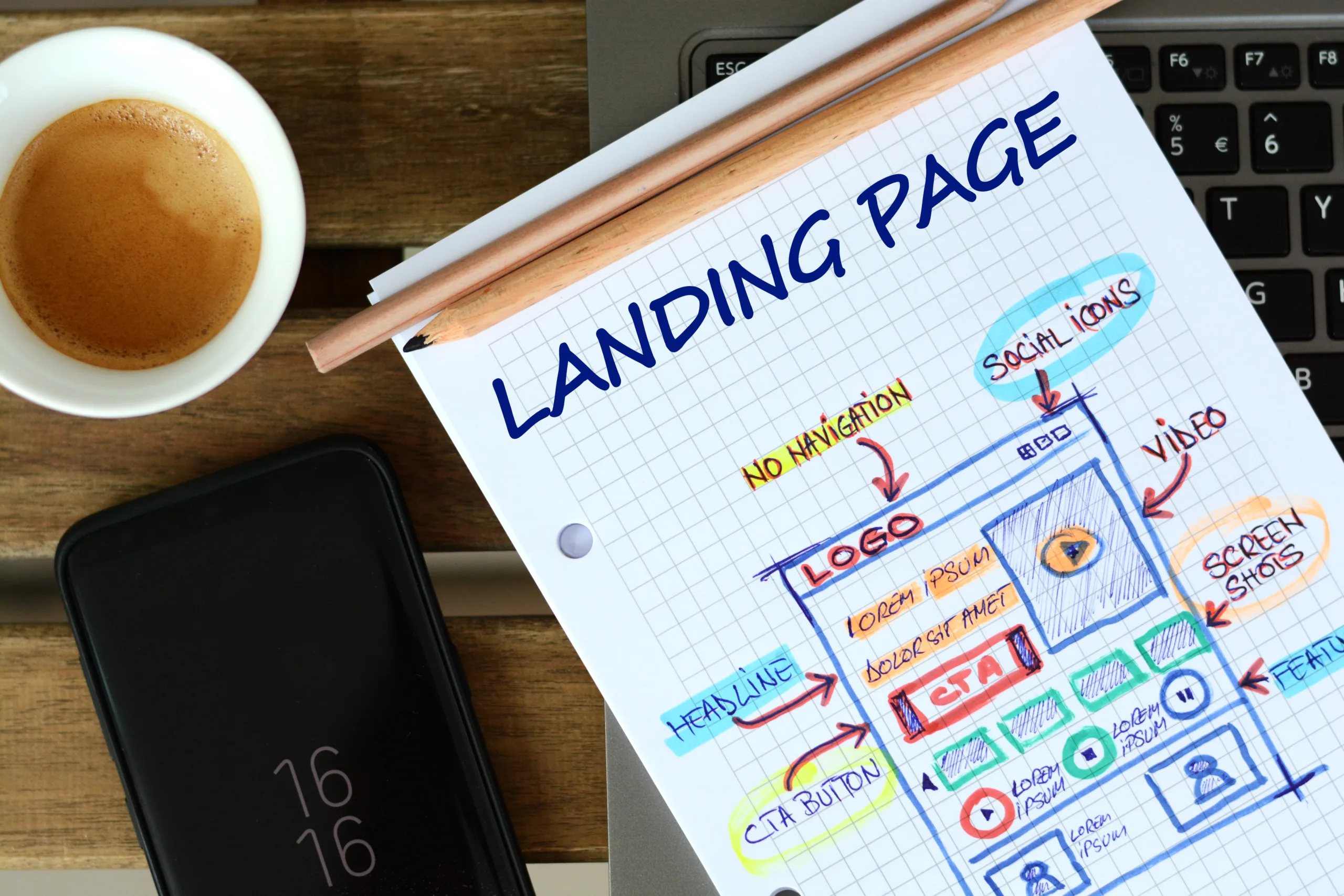Optimizing the conversion rate (CRO) is an essential component within the digital marketing strategy. However, it’s not always easy to know where to start or which A/B tests to address. Choosing the wrong tests can lead to wasting time, budget, and other valuable resources.
Knowing what to test is crucial. To do this, understanding which elements within your landing pages have the greatest impact on conversion rates will be key to profitable optimization.
It’s normal to be immersed in a sea of doubts at these moments. Don’t worry; at All Around, we’re going to provide you with five tips to help you improve your CRO.
It took us several tests to reach these conclusions, and all you must do is keep reading this post to learn them. Are you ready? Let’s go!
Reduce the Loading Time
If you want to achieve an immediate impact on your conversion rate, it will be essential to focus on the loading time of your website or e-commerce.
If users visiting your website perceive a delay in the loading time within a landing page or throughout the purchase process (product detail page, checkout, etc.), it is very likely that they will abandon the website and not return.
How can I know if my website has a high loading time?
There are different ways to determine if your website takes too long to load. The first thing you can do is look at the bounce rate or the average time the user spends on your website or main landing pages.
Another more specific option would be to conduct small audits using free tools. With them, you can identify the loading time of the main pages focused on the CRO strategy.
If you want to check it yourself, we recommend the following tools:
The Inverted Pyramid Theory
This technique vertically stacks content in a centered manner, gradually decreasing in width. This visually creates an inverted pyramid or, in other words, an arrow pointing directly to your Call To Action (CTA).
Apply this theory as a default starting point for your CTA and landing page designs. Focus solely on the content of the message to include just before the CTA or call-to-action button, whichever you prefer to call it.
Eliminate Distractive Elements on Your Landing Pages
Our third piece of advice to improve your CRO is simple but effective. Landing pages are designed to achieve very specific conversion goals. Including navigation menus and/or other elements will cause users to divert their attention to these, losing focus on the main goal, which is conversion.
Therefore, we recommend getting rid of these distracting elements. Make sure to guide the user to the main message that motivates the strategy of your landing page.
Include Pop-Up Overlays to Reduce the Exit Rate
Is the CTA on your landing pages not performing as well as you would like? In that case, we recommend using pop-up overlays when the user indicates their intention to exit.
Implementing this design strategy on your e-commerce landing page or lead generation page will give you the opportunity to encourage users to stay and/or convert by presenting a final CTA. This will only be activated if it is detected that the user is about to leave your website.
Use Column-Format Designs
This is a general design principle that you should apply to all pages of your website. Applying a single-column layout, also called single-column layouts, will help you achieve your goals.
This advice for improving your CRO should be applied to your homepage, product/service pages, landing pages, web forms, and even the designs of your emails. The more, the better!
In simpler terms, we’re referring to full-width divs stacked vertically one on top of the other. This makes it easier to prioritize messages, making the content more readable. This way, you create designs that direct the user’s attention to the most important elements of the page (CTA, contact forms, etc.).
We recommend you read our article on web design standards: what they are and why they are important for your business. We leave you with the link.
Would you like to receive more tips to improve the conversion rate of your digital business?
Once you have applied these small changes that we have discussed in this post, not only will you have higher conversion rates, but you will also feel much more comfortable conducting tests. In the end, you will have enough experience and user data to even venture into developing an A/B test.
If you need assistance with your digital strategy, All Around will be happy to help. Get in touch with us through our contact form!
More posts about: Increase online sales







